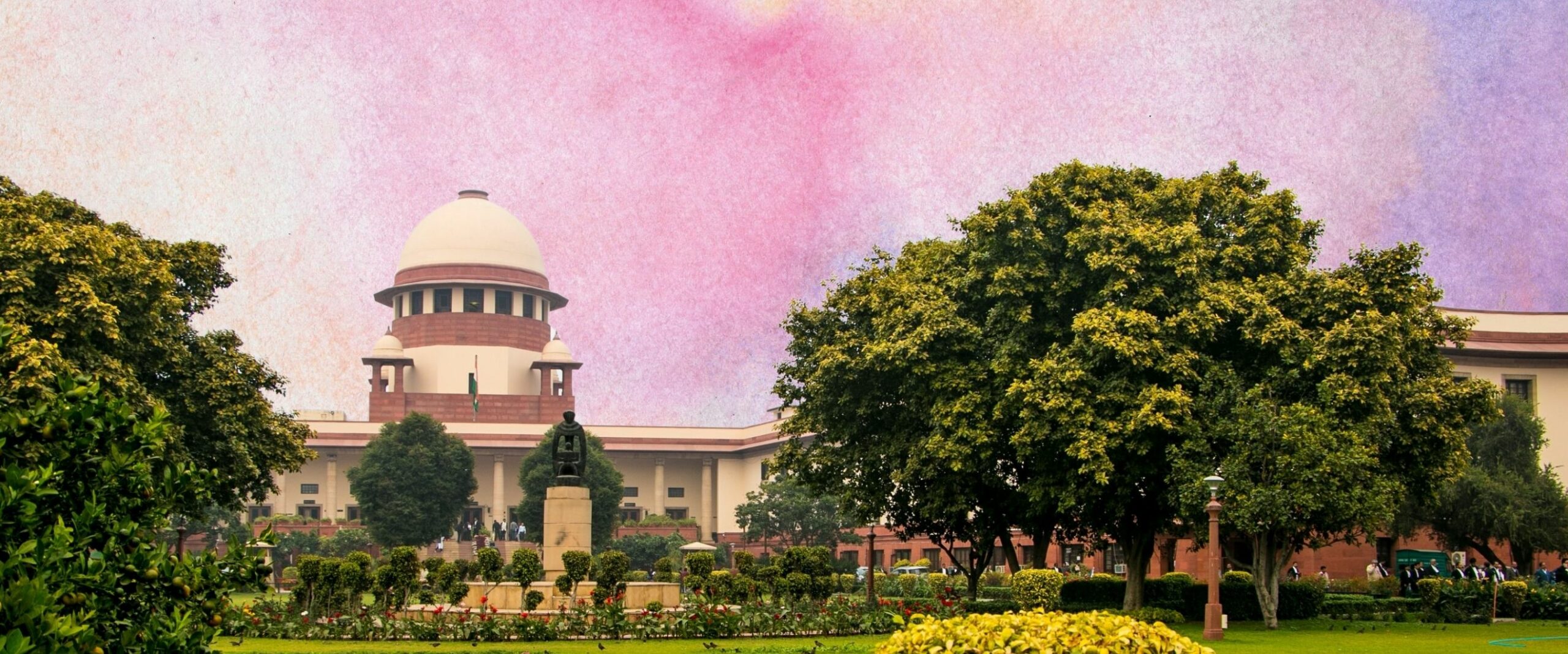Analysis
How many times has the senior-most Judge of the Supreme Court been superseded?
DESK BRIEF: There have been three supersessions at the Supreme Court of India.

Last week at the SCO, we added a new profile to our ‘Judges’ page—that of Justice A.N. Ray. Ray J is perhaps best known for his controversial appointment as the 14th Chief Justice of India in 1973. In an unprecedented departure from convention, the Indira Gandhi Government appointed him as CJI over three senior Judges merely a day after the Court’s famed decision in Kesavananda Bharati v State of Kerala, 1973. Following Ray J’s retirement, Justice Beg was appointed as CJI, superseding the senior-most Judge of the Court—Justice Khanna, presumably in retaliation for Khanna J’s scathing dissent in ADM Jabalpur v Shivakant Shukla, 1976.
The two supersessions under Prime Minister Indira Gandhi are well known. However, this was not the first time the seniority principle was not followed in the history of the Court. In 1964, Prime Minister Jawaharlal Nehru appointed Justice Gajendragadkar as CJI, superseding Justice Imam. Imam J at the time was suffering from a serious illness that affected his mental capacity.
The two supersessions under Prime Minister Indira Gandhi were heavily criticised.
However, the seniority principle itself has not been spared from critique. The principle ostensibly guards the appointment process from political interference. However, it does not completely insulate the appointment process from political interference. By strategically using its power to appoint the Judges of the Supreme Court, the Executive is largely able to determine who will be appointed as CJI.
Many have argued that merit rather than seniority must determine who becomes CJI.
In this piece, we take a comprehensive and detailed look at the seniority principle.




